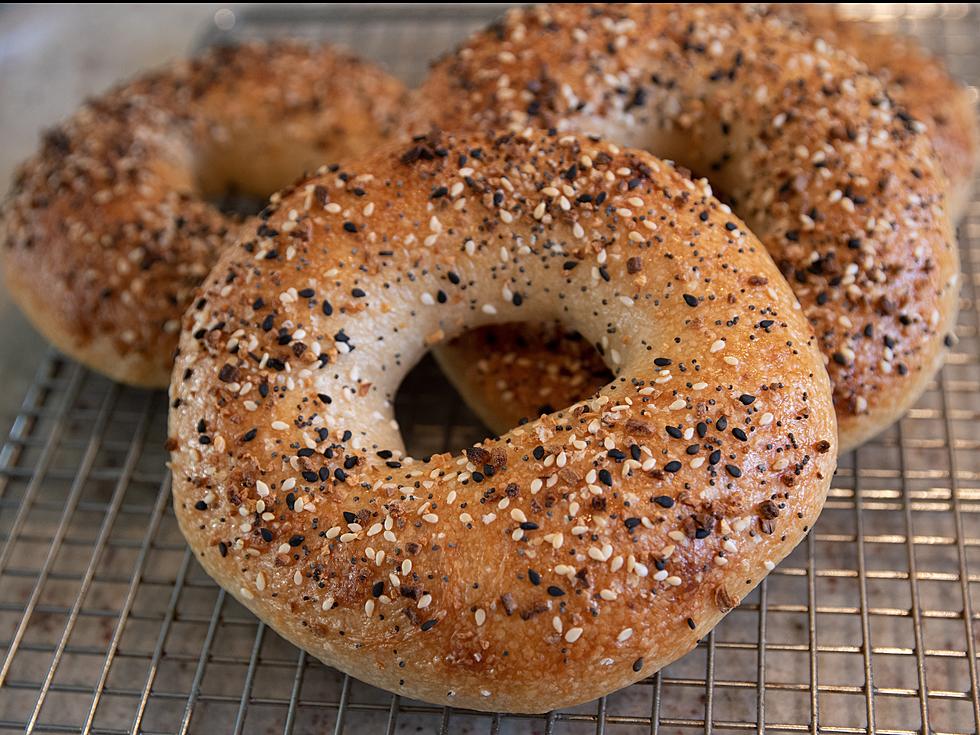
You’re Not Crazy. Groceries are Getting More Expensive.
You probably didn't get a raise this year but your groceries in 2020 are costing you up to 3.4% more than last year. Doesn't sound like a lot? Let's do some math.
PLEASE NOTE: Unless otherwise specified, the stats and numbers used in this article are from the USDA (United States Department of Agriculture) or the U.S. Bureau of Labor Statistics.
There's a fun website that allows you to plug in a dollar amount (say, $100) for 2020 and then see how much THAT DOLLAR AMOUNT in groceries would equate to in any previous year all the way back to 1913.
It's a great eye opener for food inflation. Sure, you expect normal inflation and prices to fluctuate throughout the years but seeing hard dollar amounts is interesting.
Oversimplification: Just look below...every five years, your $100 in groceries costs you about $20 more.
- $100 worth of groceries in 1990 would cost you $201.26 in 2020.
- $100 worth of groceries in 1995 would cost you $179.50 in 2020
- $100 worth of groceries in 2000 would cost you $158.75 in 2020
- $100 worth of groceries in 2005 would cost you $139.69 in 2020
- $100 worth of groceries in 2010 would cost you $121.30 in 2020
- $100 worth of groceries in 2015 would cost you $107.76 in 2020
- $100 worth of groceries in 2016 would cost you $107.45 in 2020
According to the U.S. Bureau of Labor Statistics, the prices you paid for food were 3.13% higher this year (2020) versus last year (2019). Does $3.13 per $100 make much of a difference?? You bet. (We took the LOWEST inflation number we could find to be on the conservative side. Depending on how much of 2020 you counted, you could find price inflation of up to 3.4%)
$550 is the average cost of food PER MONTH for the average American household. That's $6,600 per year, per household. The moral of the story? If you do the math of 3.13% increase, you're paying over $200 MORE THIS YEAR THAN LAST YEAR.
More From The Moose 94.7 FM









